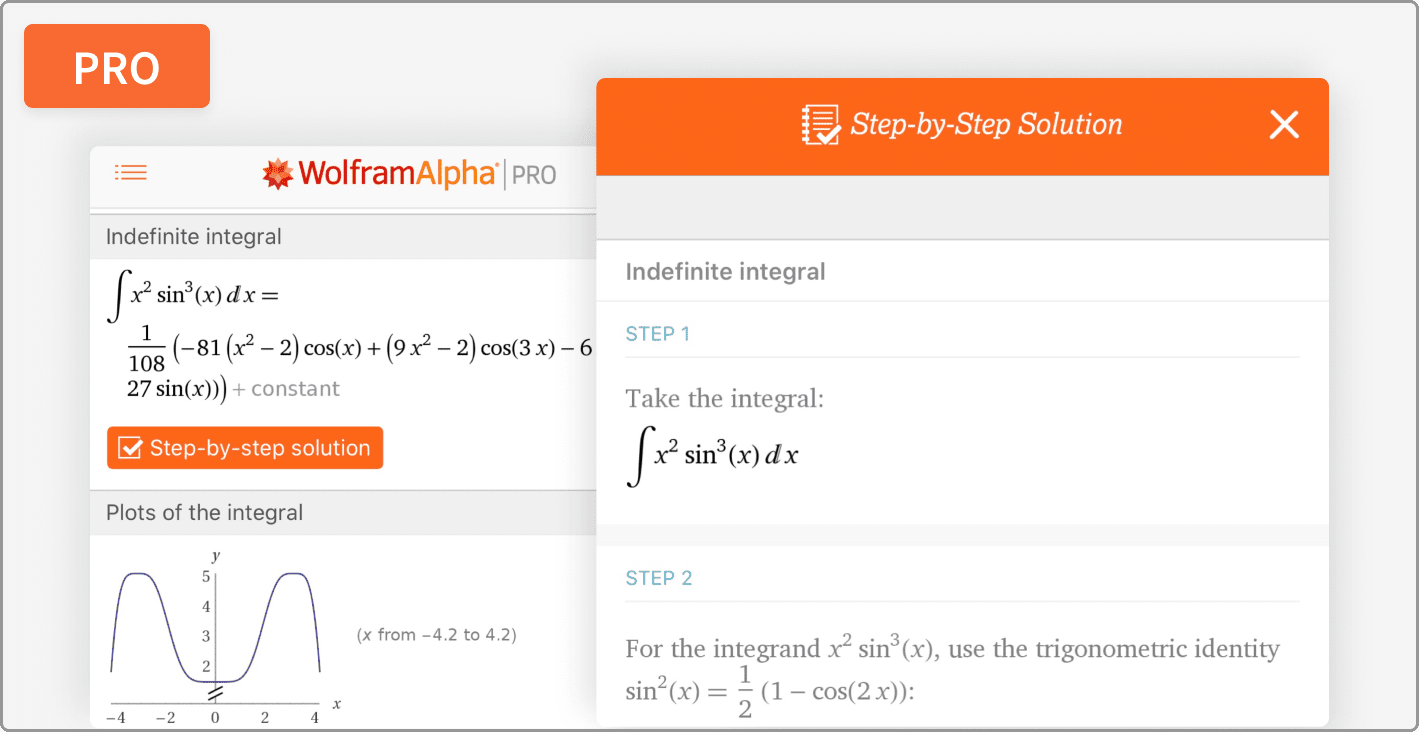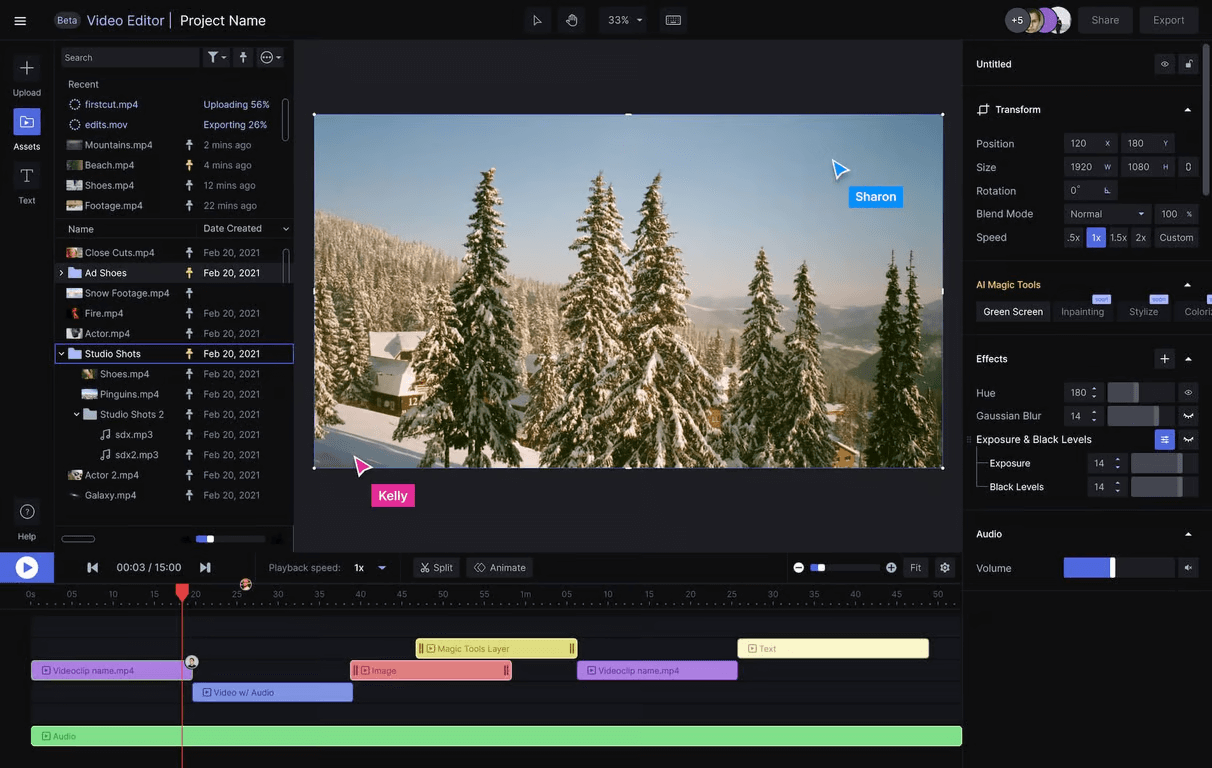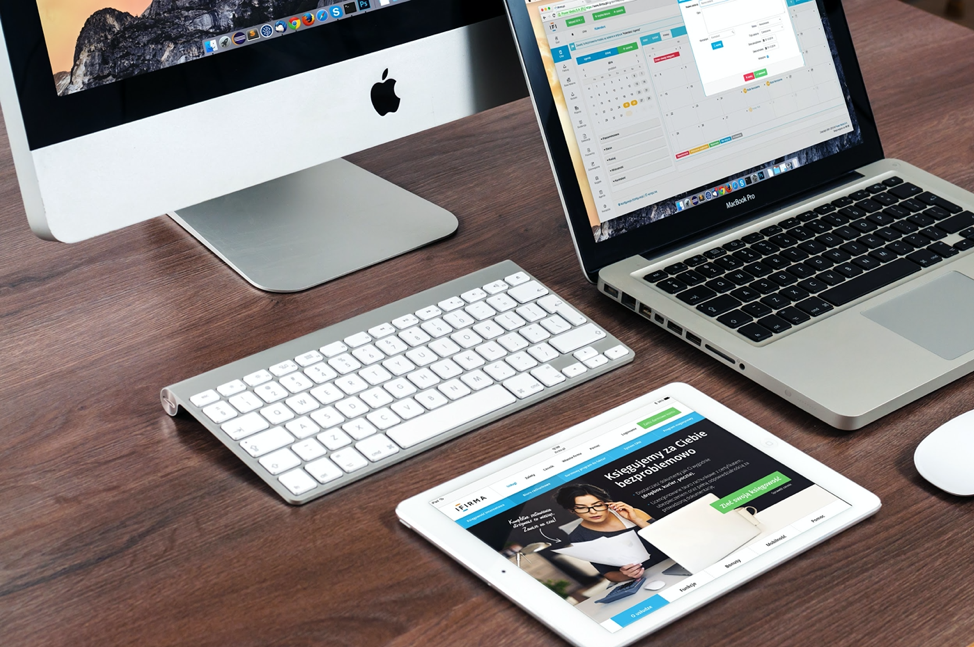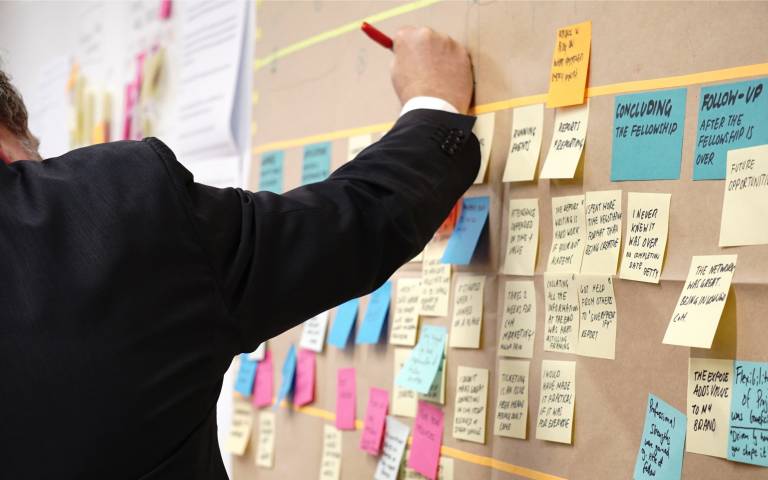In today’s business landscape, the ability to connect remotely has shifted from a mere convenience to a critical operational necessity. As companies embrace remote work, the demand for secure and seamless access to corporate resources has skyrocketed. This evolution boosts productivity and opens new doors for collaboration among diverse teams. However, increased digital connectivity brings a host of security challenges.
Understanding the ins and outs of remote access solutions is crucial for enterprises to succeed in this environment. This knowledge enables organisations to protect their data while maintaining efficient workflows, ensuring they effectively meet the needs of clients and stakeholders.
Why Secure Remote Access Is Essential for Modern Enterprises
Remote access is fundamental to business operations, especially as organisations adapt to flexible work arrangements. Employees need secure access to networks and applications from various locations, which introduces significant security risks. Cyber threats are more prevalent than ever, pushing companies to seek reliable remote access solutions.
Beyond security, compliance with data protection regulations like GDPR in the UK makes secure connectivity even more critical. Businesses must adhere to stringent data handling practices to protect sensitive information, build trust, and maintain operational integrity.

Key Features of Reliable Enterprise Remote Access Solutions
Certain features are non-negotiable when selecting an enterprise remote access solution. End-to-end encryption ensures data in transit is safe from eavesdropping and tampering. Multi-factor authentication (MFA) adds an extra layer of security by requiring users to verify their identity through multiple means, making unauthorised access much more difficult.
Device compatibility is essential since employees may use desktops, laptops, tablets, or smartphones to access company resources. Solutions must work seamlessly across these platforms to provide a smooth user experience.
Effective remote access tools should also include real-time monitoring and user management features to track access and usage patterns. This allows administrators to respond quickly to any suspicious activity. Secure data-sharing mechanisms are vital for safeguarding corporate information.
Seamless integration with existing IT infrastructure is imperative. Businesses must implement remote access without disrupting current operations, ensuring a smooth transition and ongoing efficiency.
Top Enterprise Remote Access Solutions for Seamless Connectivity
Several leading remote access tools have become favourites among enterprises seeking reliable solutions. While many options exist, the best tool for any enterprise is one that accommodates their evolving needs. Fortunately, companies have plenty of choices as new tools continue to emerge.
For one, there’s Cisco AnyConnect. It offers robust security protocols and excellent scalability, making it suitable for organisations of all sizes. It provides features like endpoint compliance checks and centralised administration, enhancing security.
Another strong contender is Palo Alto Networks GlobalProtect, which integrates seamlessly with Palo Alto’s firewall products. This solution is ideal for large enterprises prioritising security protocols. It offers secure access and allows users to maintain a consistent experience across multiple devices, which is crucial for user satisfaction.
Microsoft Azure VPN Gateway integrates well with Azure services for businesses seeking unified communication alongside remote access. It enables remote access to applications hosted in the cloud, catering to companies that operate heavily in cloud-based environments.
These options serve different industries and organisational sizes, reflecting the market’s diverse needs. Each solution’s features should be weighed against the organisation’s unique requirements to find the best fit.
Implementation Guide for Enterprise Remote Access Solutions
Implementing remote access solutions requires careful planning and consideration. First, organisations must conduct a thorough assessment of their network requirements and existing security policies. This foundational step ensures that the chosen solution aligns with the organisation’s objectives.
Configuring access controls is vital. Clearly defining user roles and setting permissions based on job functions minimises unauthorised access risk. Training staff on the new system is equally important; employees must understand how to use the tools effectively while adhering to security practices.
Once implementation begins, regular testing and monitoring are necessary to ensure everything functions as intended. Organisations should prepare for ongoing software updates, as vendors frequently release patches and enhancements to address emerging threats and improve performance.
Ensuring Seamless User Experience with Remote Access Solutions
An optimal user experience is crucial for maintaining productivity among remote workers. Factors like low latency and fast data transfer significantly contribute to user satisfaction. Selecting a solution that minimises delays and ensures smooth interactions with corporate resources is essential.
User-friendly interfaces enhance the experience, allowing staff to use the system efficiently. Providing clear instructions and support channels can boost user confidence, reducing the likelihood of operational disruptions.
Another critical component is ongoing support. Establishing a dedicated support team helps quickly address user inquiries and issues, ensuring minimal downtime and high service quality. Regular feedback from users can inform improvements and adaptations to the remote access setup.
Best Practices for Maintaining Security with Enterprise Remote Access
Organisations must go beyond simply implementing technologies to safeguard a remote access environment and adopt a proactive, holistic approach. This involves tailoring best practices to their specific needs and risk profiles. Regular security audits are paramount, acting as a vigilant watchdog to identify vulnerabilities and potential threats before they can be exploited. These audits should be comprehensive, encompassing technology, user practices, and security policies.
Equally crucial is the establishment of robust login protocols. Multi-factor authentication (MFA) is no longer a luxury but a necessity. Adding an extra layer of defence ensures that unauthorised access remains a formidable challenge, even if credentials are compromised. Think of it as a double lock on your front door, a strong deterrent to unwanted entry.
But security is not a static concept. Monitoring user activity is essential to detect anomalies and suspicious behaviour early on. This allows for swift responses to potential breaches, minimising damage and preventing escalation. Imagine a security guard constantly patrolling your premises, ready to respond to suspicious activity.
Finally, compliance with data protection laws like GDPR is not merely a legal obligation; it’s an ethical imperative. Protecting sensitive information is not just about avoiding fines; it’s about maintaining trust and upholding the organisation’s integrity. By adhering to these best practices, organisations can create a remote access environment that is not only secure but also fosters trust and confidence among its users and stakeholders.
Future Trends in Enterprise Remote Access Solutions
The landscape of remote access is evolving rapidly, driven by several key trends. Zero-trust architecture is becoming increasingly critical, demanding verification of every user and device before granting access to valuable resources, regardless of location. This heightened security posture reflects a growing awareness of the risks inherent in an increasingly interconnected world.
Complementing this shift, AI-powered security measures are emerging as a powerful force. These intelligent systems offer advanced, real-time threat detection and response, dynamically adapting to new and evolving challenges. As AI systems become more sophisticated and integrated into various aspects of our digital lives, their role in securing remote access will only grow.
Furthermore, the integration of cloud technologies is reshaping remote access. Organisations recognise the cloud’s potential to provide scalable and flexible resource access. Still, they also understand the importance of robust security measures to protect sensitive data in this environment. Cloud integration is not just a trend; it’s a fundamental shift in how businesses operate and access information.
Exploring and adopting the best enterprise remote access solutions is no longer optional for organisations to remain competitive and agile; it’s essential. These advanced technologies empower businesses to fortify their security posture, streamline operations, and foster a culture of resilience in the face of constant change. By embracing these trends, organisations can position themselves for robust growth and adaptability in an increasingly dynamic and interconnected business landscape.







